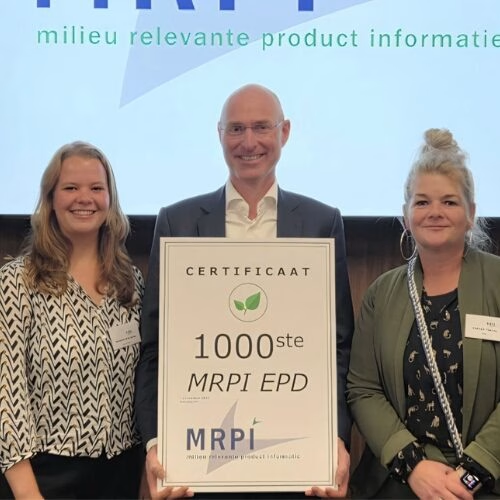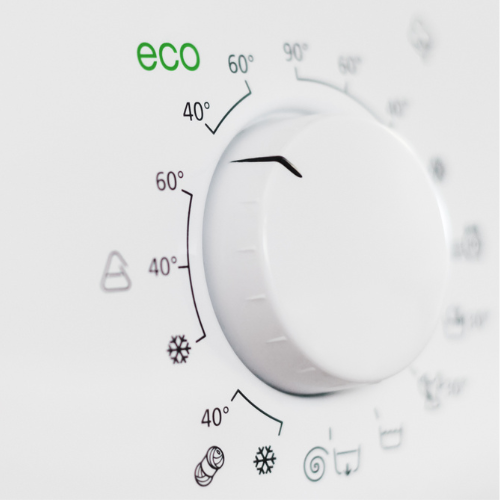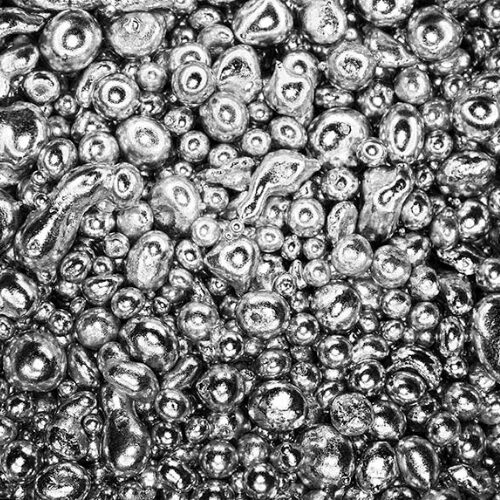As a result of stricter sustainability regulations within the EU, exemplified by initiatives such as the EU Green Deal, companies are urged to communicate the environmental impact of their products in a standardised and transparent manner. On top of that, consumers are increasingly seeking ways to make informed, sustainable, choices when buying products. To meet the growing need for transparency, Environmental Product Declarations (EPDs) are commonly used to communicate the environmental performance of a product throughout its life cycle.
The EPD Process under the PEP ecopassport® Program
Developed according to international standards such as ISO 14025, EPDs provide data on a product’s environmental impact, from raw material extraction to end-of-life disposal. Most EPDs for electrical products developed by Ecomatters are performed under the PEP ecopassport® Program, which is specialised on the type III environmental declaration of electrical, electronic and HVAC products according to ISO 14025. The foundation of any EPD is a Life Cycle Assessment (LCA), which assesses the environmental impact throughout the entire life cycle of a product. In this case, the LCA is based on the PEP ecopassport® Program’s Product Category Rules (PCR) and Product Specific Rules (PSR), which are validated sets of rules that give information about the LCA methodology to be applied to the product under study.
To create the LCA, Ecomatters first develops a data collection questionnaire, in which the respective company fills in all information regarding their product’s raw materials, production processes, installation, use, and disposal. The company collaborates with different actors along the value chain, such as manufacturers and suppliers, to assure the reliability and accuracy of the data. After the data collection is completed, Ecomatters processes the data in preparation for the impact assessment, which is then performed using LCA softwares SimaPro or LCA for experts (GaBi).
Based on the LCA results and the editorial policy of the PCR, a comprehensive EPD document is created. Next to information about the environmental impacts, the EPD includes general information about the product, the scope and methodology of the study, and data sources. Finally, the EPD is third-party verified by an independent organisation to ensure that the data collection methods, calculations and possible assumptions used to fill data gaps are in line with the PEP ecopassport® Program’s rules. Once verified, the EPD gets published in the PEP database where it can be accessed publicly for 5 years, which is the total duration of validity of any EPD. After this period, the EPD will have to be updated to ensure the highest data quality and conformity with the most recent editorial rules.
Challenges and importance of EPDs for Electrical Products
When performing EPDs for electrical products, there are certain challenges to consider. First, electrical products often have a multitude of sub-components with intricate supply chains, which makes the data collection, data processing and impact assessment rather complex. Another challenge is the disposal of electrical products at the end of their life cycle. Determining the fate of electrical waste (e-waste) and assessing the impact of recycling or disposal methods adds complexity to the LCA. Different regions may have varying waste management practices, further complicating the assessment. Finally, the environmental impact of energy use varies depending on the energy mix of a region. Electrical products may be produced in one location, used in another, and disposed of elsewhere. This geographic variability introduces complexities in assessing the true environmental impact of energy use and emissions.
Evaluating the environmental impact of electrical products is a complex undertaking, yet it holds significant importance. This is particularly true considering that electrical products typically have a higher environmental impact compared to non-electrical ones. For one, electrical products often require the extraction of rare and valuable resources, including metals and minerals. Understanding their environmental impact helps in developing strategies to conserve these resources and minimize the depletion of essential elements. On top of that, they often consume substantial amounts of energy throughout their lifecycle. Assessing their impact helps identify opportunities for energy efficiency improvements, reducing overall energy consumption and associated environmental effects.
Communicating the environmental impact of electrical products through EPDs can help identify areas along the value chain where the carbon footprint can be reduced, and the product made more sustainable. It helps manufacturers comply with regulations and simultaneously allows consumers to make the most informed choices.
Are you interested in an EPD for your company? Get in touch with us for more information! Our team has the expertise to both support you through the EPD process and create the EPD(s) for you.














